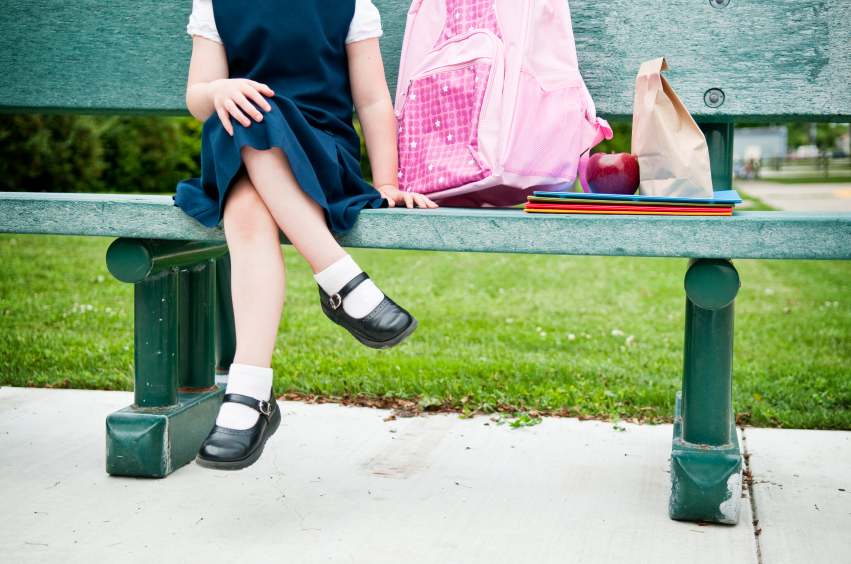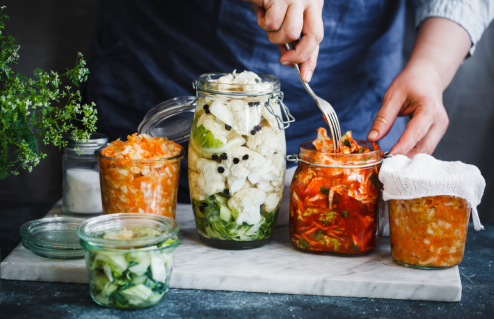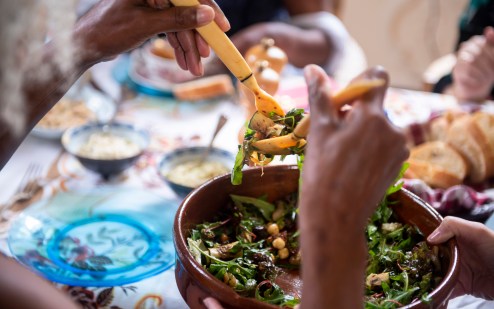Get your children to eat healthy food
Nutritional therapist Eve Kalinik talks about feeding children healthier food options

Not long ago, I visited a park with my best friend and her two kids. I remember seeing children running around with junk food, fizzy drinks and sugar-laden snacks. We’d packed some healthy treats, and my friend’s daughter glugged on a carrot and ginger juice. The notion that kids don’t like healthy food isn’t a universal truth. Kids aren’t great with things that are unfamiliar to them, and all children go through phases of suddenly disliking their favourite fruit or veg, or shunning their healthy staples. Of course, they can be seduced by bright packaging and clever marketing, but introducing healthy food at a young age means kids are much more likely to engage with these foods for the rest of their lives.
Fun food
This is at the heart of Gia De Picciotto’s Edible School Garden initiative, which aims to bring herbs, veg and fruit into London schools and make eating interactive and fun right from the start. If a child is involved in the growing or preparation of food, a psychological seed is planted – and nutritious food becomes the ‘norm’. It’s no longer alien; it’s something they’re curious about. So, get them into the kitchen – all children enjoy spiralizing veggies, flipping healthy pancakes, mixing batter for wholegrain muffins, and dipping fish fillets into egg yolk and breadcrumbs.
Healthy balance
When it comes to the foods themselves, the right nutrients affect the way kids grow and develop, both physically and mentally. What’s a balanced diet? One that includes plenty of fresh fruits, organic vegetables, good-quality proteins (either from plant or free-range animal sources) and, of course, treats now and again. And it’s these treats that help to create a naturally healthy relationship with food with no negative associations. Trying too hard to be perfect can be difficult and miserable. At home, managing the balance is easier, but mums often ask me for tasty and nutritious snacks that children can take to school, so in light of this, I’ve put together some handy snack ideas (see below).
If you feel there may be something deeper going on with your child’s eating habits, see your GP and a registered dietitian or nutritional therapist, who can help get things back on track.
- Carbohydrates
Sandwiches made from additive-free, wholegrain seeded bread with real butter; wraps made with wholegrain or gluten-free flours; cooked quinoa; sweet potato wedges, mini buckwheat pizza bases.
- Protein
Fill or top the above with full-fat organic cheese, nut butters, organic meat or fish, hummus, free-range eggs.
- Antioxidants
Create pots of their favourite veggie bites with tasty dips (raw carrots, cucumber, cherry tomatoes and celery with tzatziki, tahini, hummus and guacamole). Smoothies are ideal for hiding veggies if they’re not keen. Blend 1 banana, 2 teaspoons of cashew nut butter, a handful of spinach, a drizzle of maple syrup or good honey and a cup of dairy or non-dairy milk.
- Calcium
Use full-fat organic yogurt or full-fat organic milk for milkshakes and smoothies. Remember, green vegetables, almonds, tahini and white beans are also good non-dairy sources of calcium.
- Better treats
A small bar of good-quality, high-cocoa chocolate (try OhSo bars, a unique probiotic chocolate proven to support good gut flora), an oatcake with hummus or nut butter (check out Nairn’s range or Heavenly’s Wafer Wisps) or an oaty homemade flapjack or muffin. Try fresh and seasonal fruit – banana boats are usually a hit. Slice one in half, add peanut or other nut butter, and decorate with goji berries, cacao nibs and coconut chips. It’s nutritious, delicious and gets kids’ creative juices flowing.
For more from Eve, see evekalinik.com
Photograph: iStock









